Products that cost much money yet last three years or more are considered durable. Soft goods, often known as non-durable items, have a short life cycle. They can be eaten right away or have a shelf life of fewer than three years. Economists use these two financial sectors to understand the processes of the economy, so it’s pretty essential to know the difference between these two goods. Here’s our guide to durable vs. nondurable goods.
KEY TAKEAWAYS:
- Nondurable goods are products that are affordable, often disposable, and are bought and used daily.
- Durable goods are products that are expensive, long-lasting, and are used every day.
- Nondurable goods are usually replaced, while durable goods are often repaired.
What is a Durable Good?
Durable goods, also known as hard goods or consumer durables, sell slowly and have a long shelf life. Durable goods are typically medium to high-cost, and they last three or more years. In addition, consumers don’t shop for them often due to their durability. Durable goods take up much more retail space, and they don’t typically have an expiration date. That said, consumers still use durable goods every day. If you’re still unsure what counts as a consumer durable good, we’ve got you covered.
Types of Durable Goods
Products like cars, ovens, game consoles, and garden equipment count as durable goods. Products like these are built to last, and consumers assume they can repair durable goods. Due to the high cost of most durables, customers will be on the hook for providing insurance. This is why we use warranties to ensure that what you bought works as intended for a specific period.
What is a Nondurable Good?
Nondurable goods, also known as consumer packaged goods (CPG), sell fast and have a limited shelf life. Nondurable goods are generally low-cost, frequently disposable, and constantly in demand. Customers buy and utilize them on an often daily basis. If you’re still not sure what counts as a nondurable good,
Types of Nondurable Goods
Toilet paper, drinks, cigarettes, cosmetics, and home cleansers fall under the “nondurable good” moniker. Nondurable goods include meat, dairy products, and baked goods, in addition to packaged dry items. In addition, any low-cost, short-lasting product that is bought regularly in big numbers qualifies as a nondurable good.
Comparing Durable and Nondurable Goods
A non-durable good, also known as a fast-moving consumer good (FMCG), is a short-lasting item that is generally disposable. Nondurable goods are typically much cheaper than durable goods, and consumers need to buy FMCGs on an almost daily basis. Nondurable goods include things like food, beverages, makeup, and household cleaners.
A durable good, often known as a slow-moving consumer good (SMCG), is a long-lasting item that customers can generally fix. In contrast with nondurable goods, customers do not need to replace durable goods as often. As a result, SMCGs usually take up more retail space for longer. Kitchen appliances, TVs, washing machines, and sofas are all examples of durable products.
Which Lasts Longer: Durable or Nondurable Goods?
Between durable and nondurable goods, durable goods last longer. According to experts, durable goods should last at least three years. Nondurable goods, however, should last less than three years. That said, most nondurable goods are disposable or single-use items that will last for less than three years. This is because durable goods often cost enough to justify repairs, while nondurable goods make more sense to replace entirely.
What are Semi-Durable Goods?
Though not entirely accepted by some economic experts, the “semidurable good” is starting to appear in the market. These are goods that typically don’t last three years like a durable good, but they usually last longer than one year. Semidurable goods include things like smartphones, shoes, laptops, and televisions. In addition, a product falls into the semidurable category due to consumer habits. For example, consumers replace their smartphones, laptops, and tablets more regularly due to the constant hardware revisions. Software services can also be considered semidurable, and are usually protected by the DMCA laws.
F.A.Q.S
When do consumers buy nondurable goods?
Nondurable goods are always in demand. As a result, experts recognize them as “recession-proof.”
Why create classes of goods?
The different classes of goods help economists better track the cycles of the economy.
Is shampoo a durable good?
Shampoo runs out as you use it, and it typically runs out within 90 days. Therefore, it is a nondurable good.
STAT: In the year 2000 itself, durable goods production composed approximately 60 percent of the aggregate output within the manufacturing sector in the United States. (source)
REFERENCES:
- https://en.wikipedia.org/wiki/Air_purifier
- https://www.wikihow.com/Choose-an-Air-Purifier
- https://en.wikipedia.org/wiki/HEPAr
- https://www.jstage.jst.go.jp/article/bio/23/4/23_215/_article/-char/ja/
- https://www.cambridge.org/core/journals/infection-control-and-hospital-epidemiology/article/using-air-purifier-as-a-supplementary-protective-measure-in-dental-clinics-during-the-covid19-pandemic/DB792555046A02DCFBFA6908176F9DCF

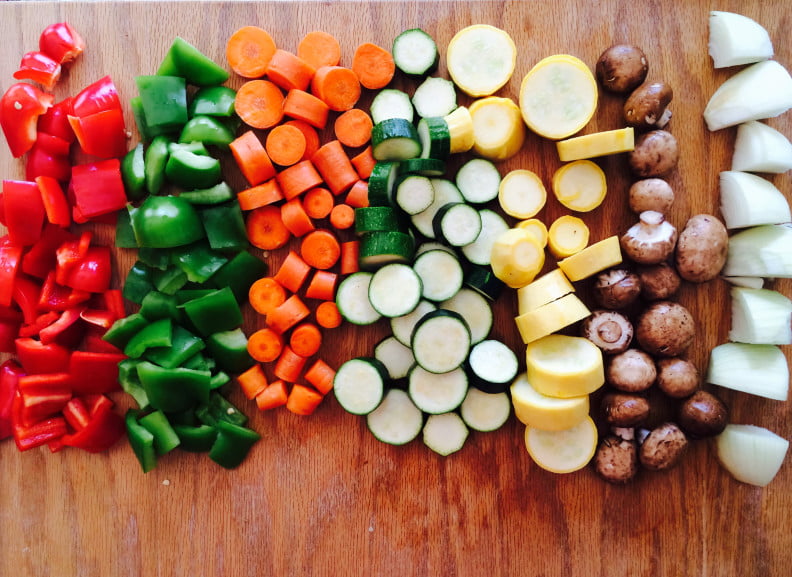









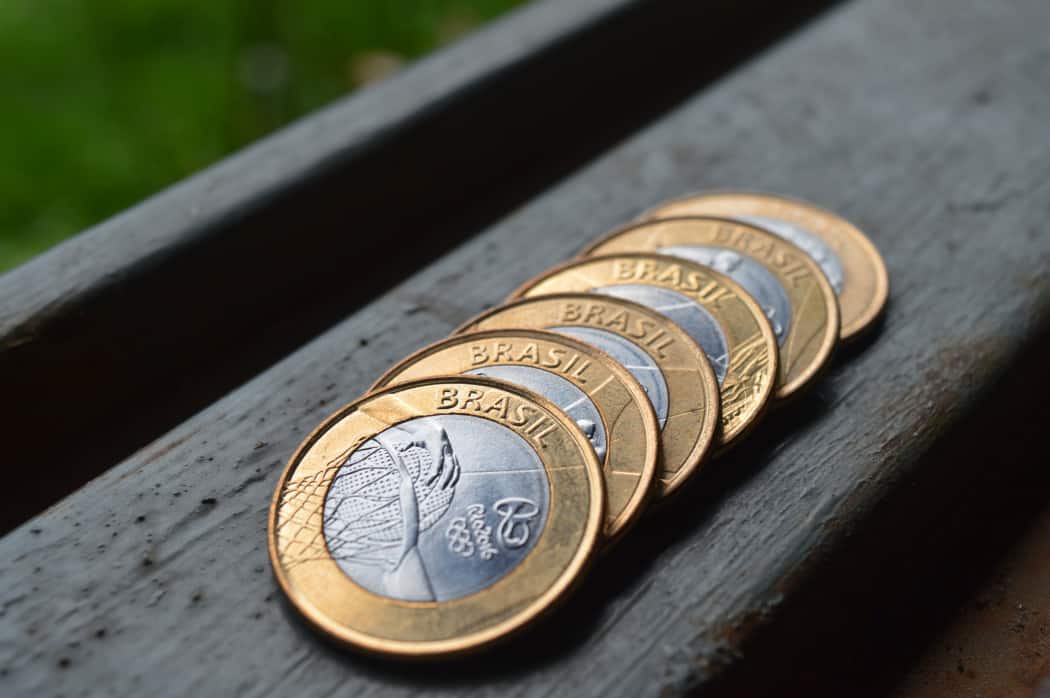

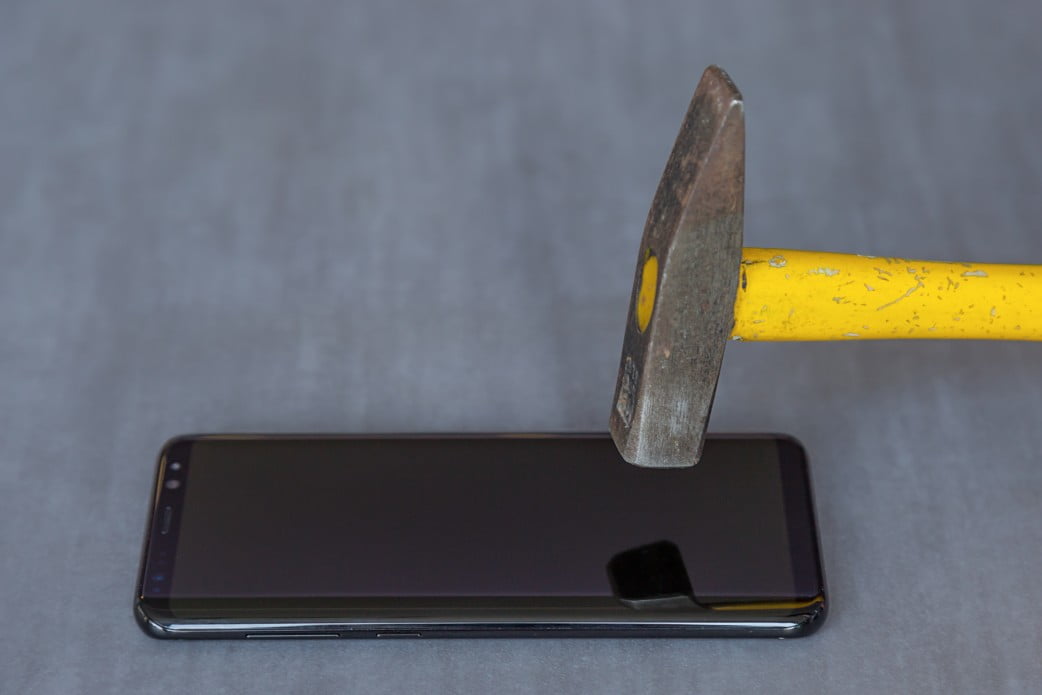

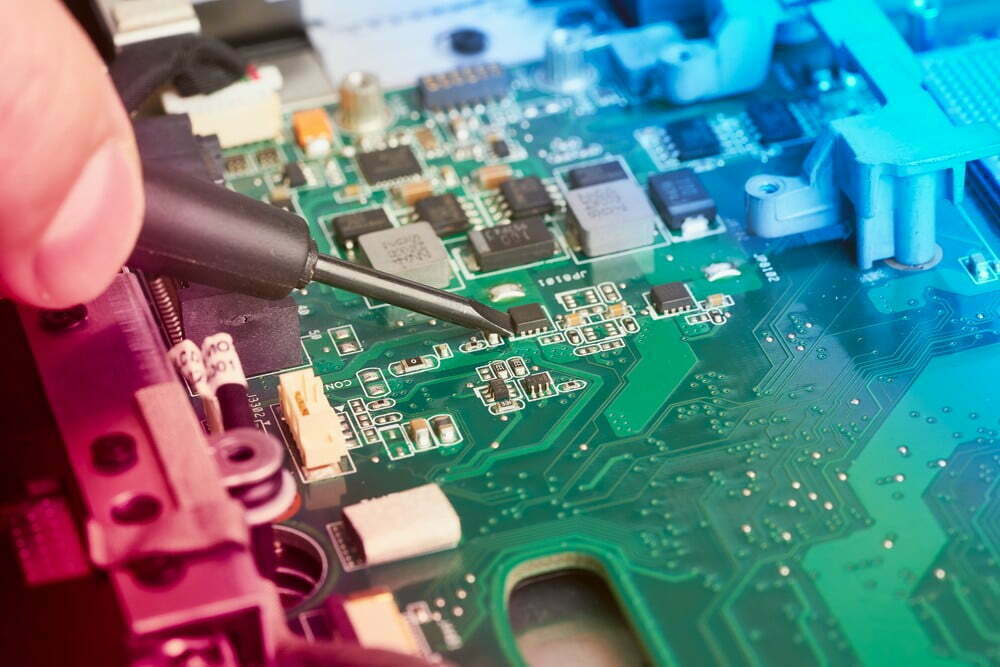



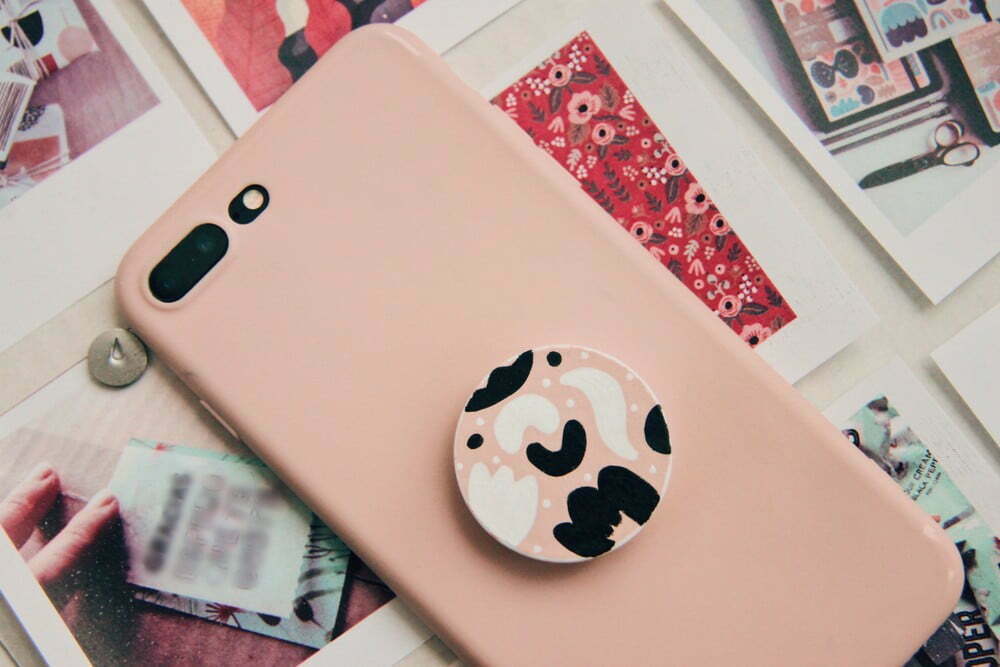
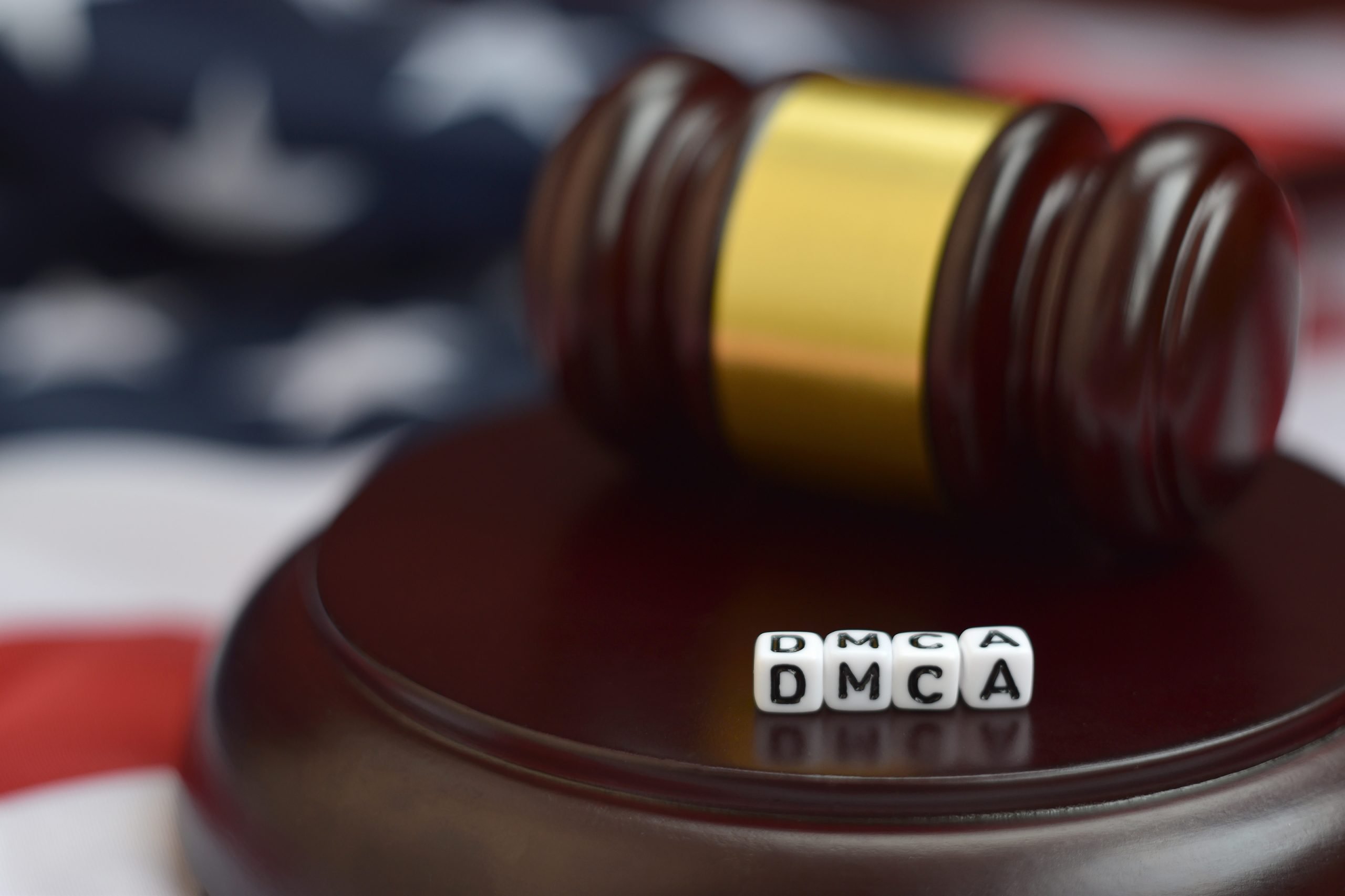
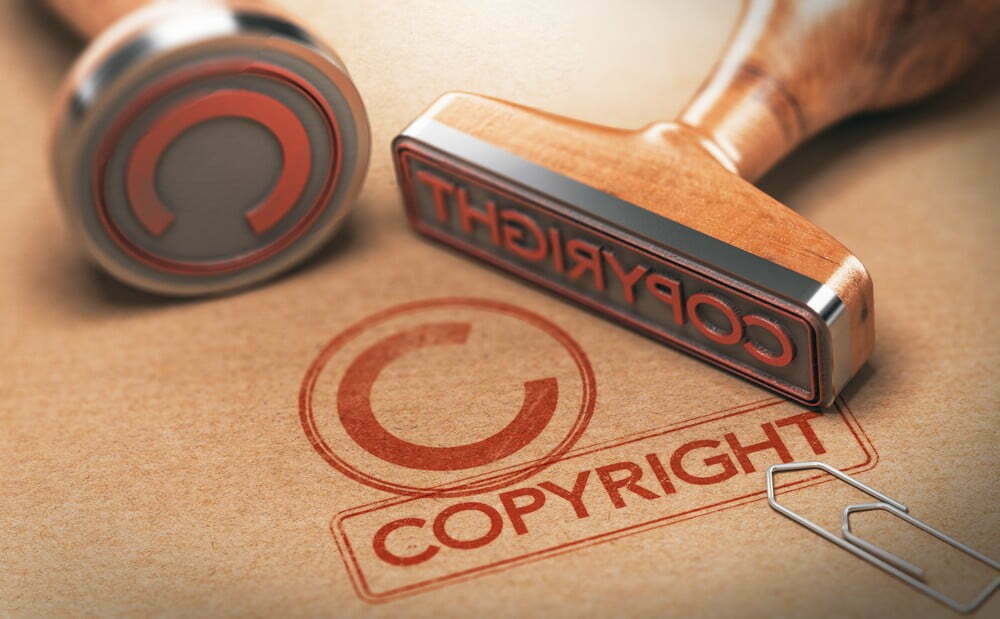

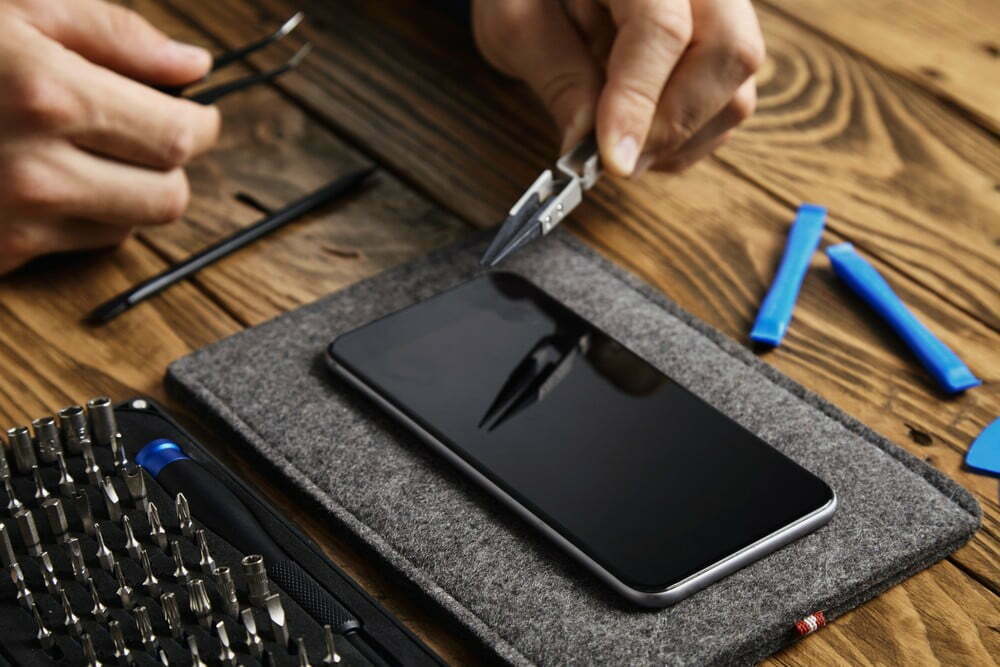
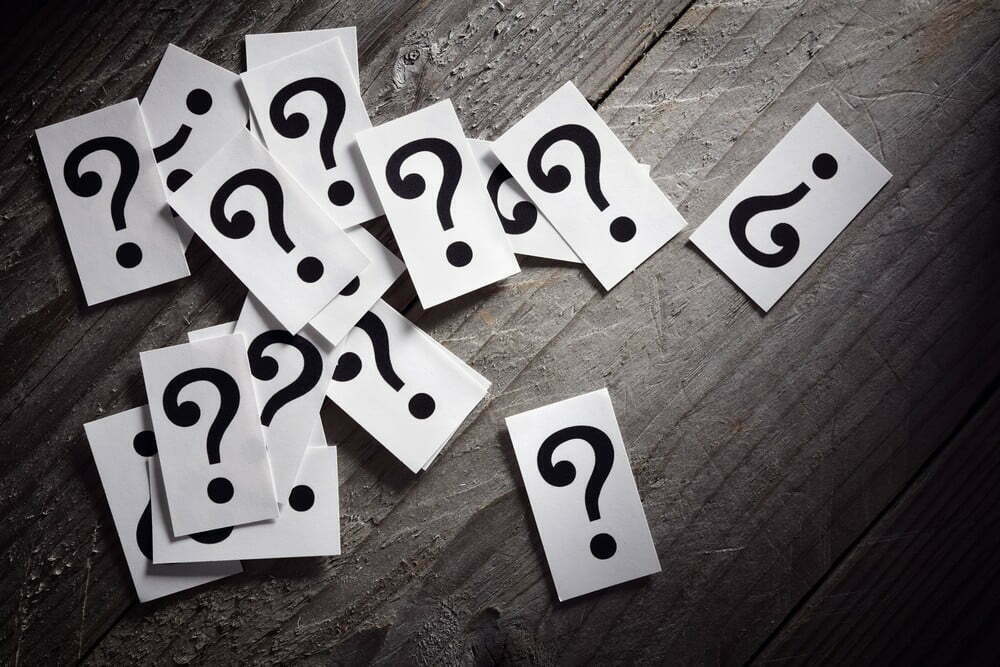




![Best Renters Insurances in [year] 22 Best Renters Insurances in 2025](https://www.gadgetreview.dev/wp-content/uploads/best-renters-insurance-image.jpg)
![Best Computer Repair Kits in [year] 23 Best Computer Repair Kits in 2025](https://www.gadgetreview.dev/wp-content/uploads/best-computer-repair-kit-image.jpg)
![Best Smartphone Repair Kits in [year] 24 Best Smartphone Repair Kits in 2025](https://www.gadgetreview.dev/wp-content/uploads/best-smartphone-repair-kit-image.jpg)
![Best iPhone Repair Kits in [year] 25 Best iPhone Repair Kits in 2025](https://www.gadgetreview.dev/wp-content/uploads/best-iphone-repair-kit-image.jpg)
![Best Windshield Repair Kits in [year] 26 Best Windshield Repair Kits in 2025](https://www.gadgetreview.dev/wp-content/uploads/best-windshield-repair-kit-image.jpg)
![Best Dent Repair Kits in [year] 27 Best Dent Repair Kits in 2025](https://www.gadgetreview.dev/wp-content/uploads/best-dent-repair-kit.jpg)